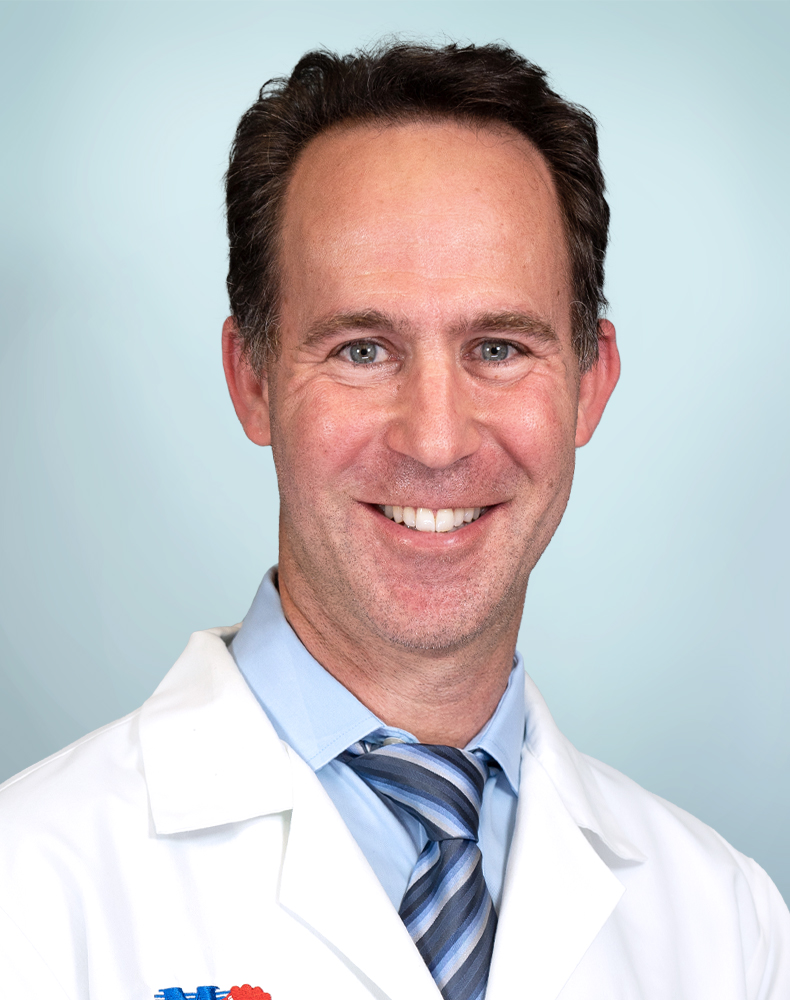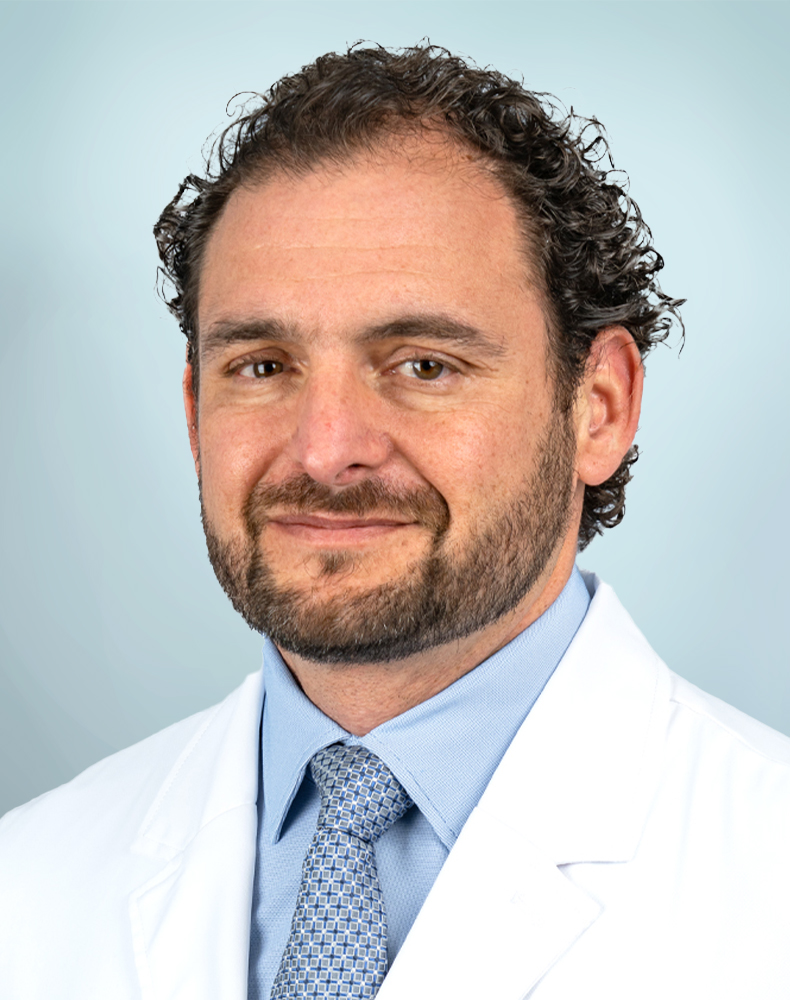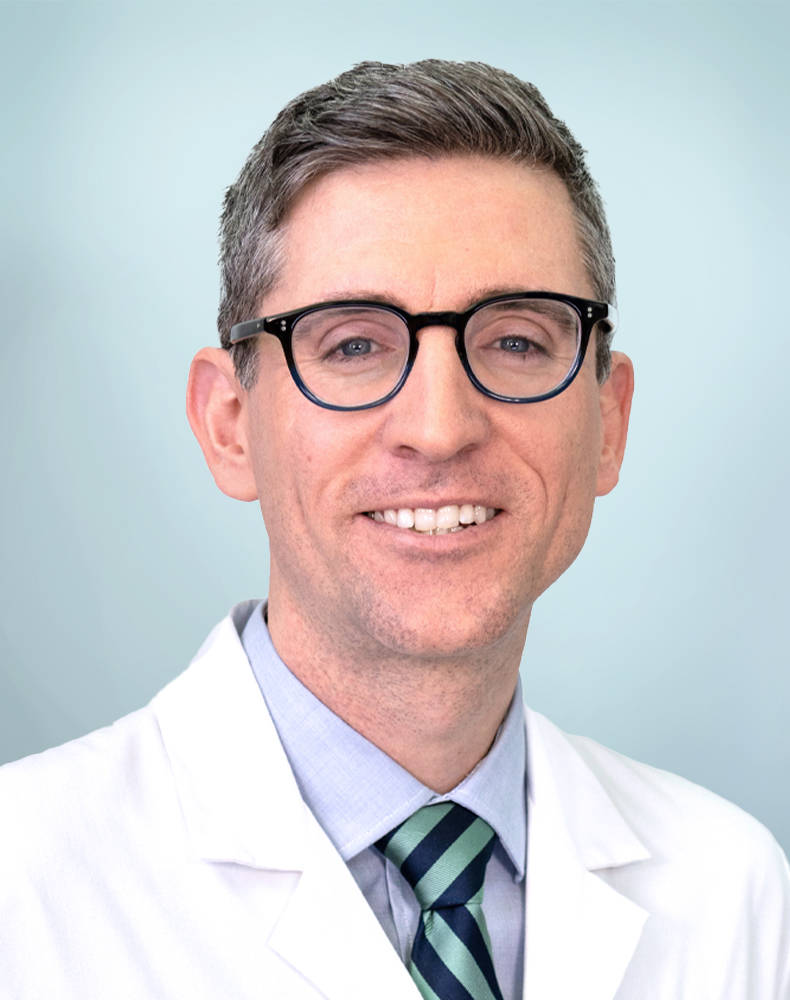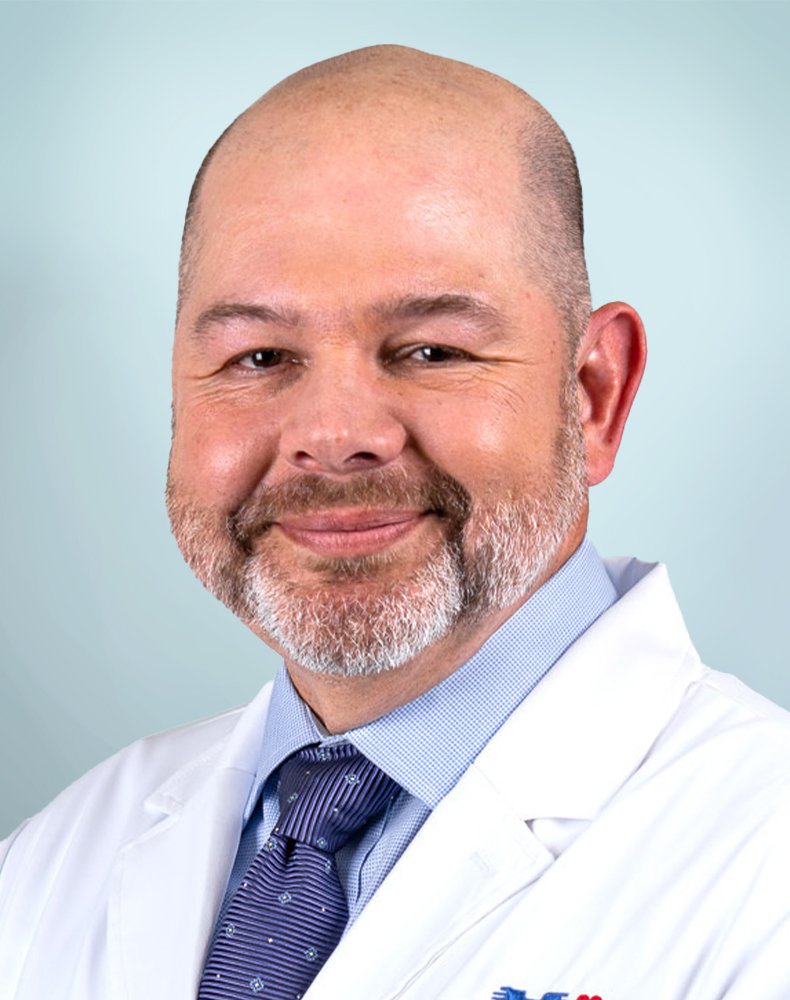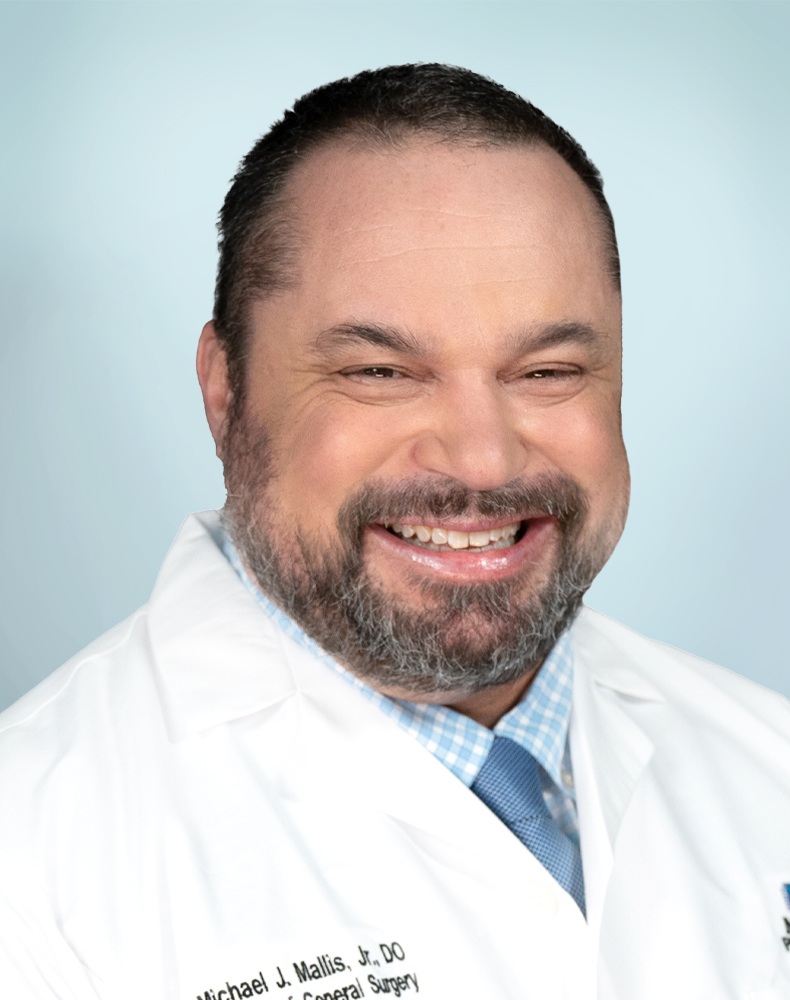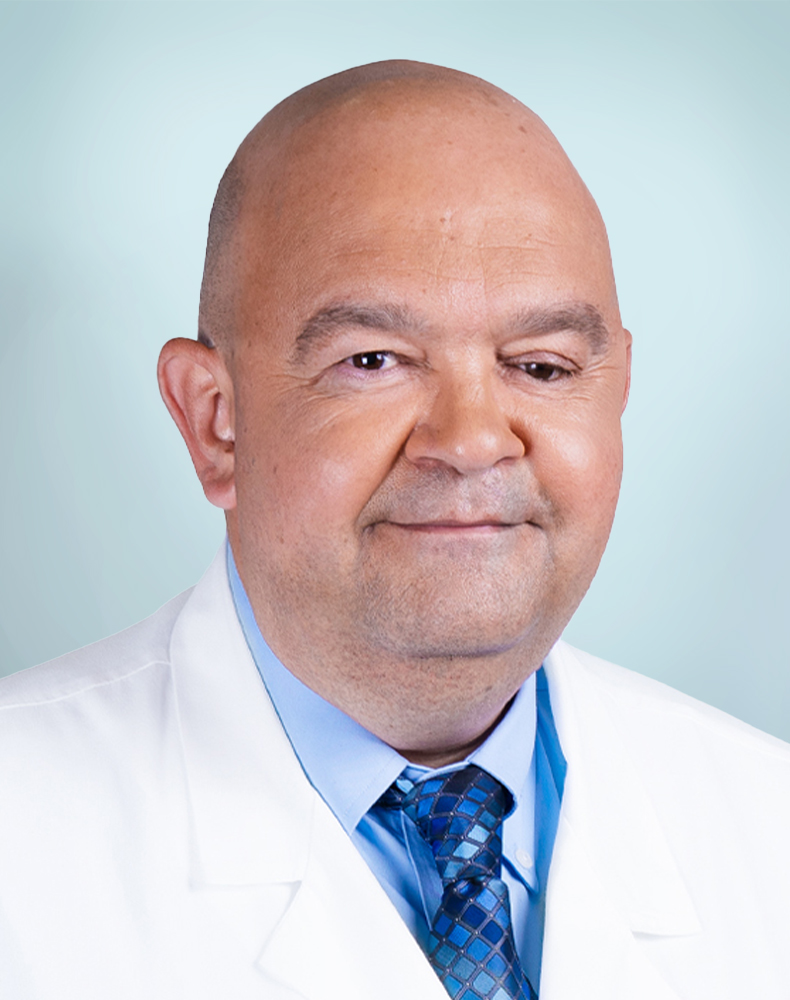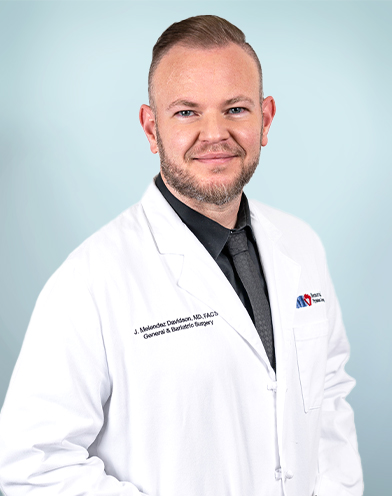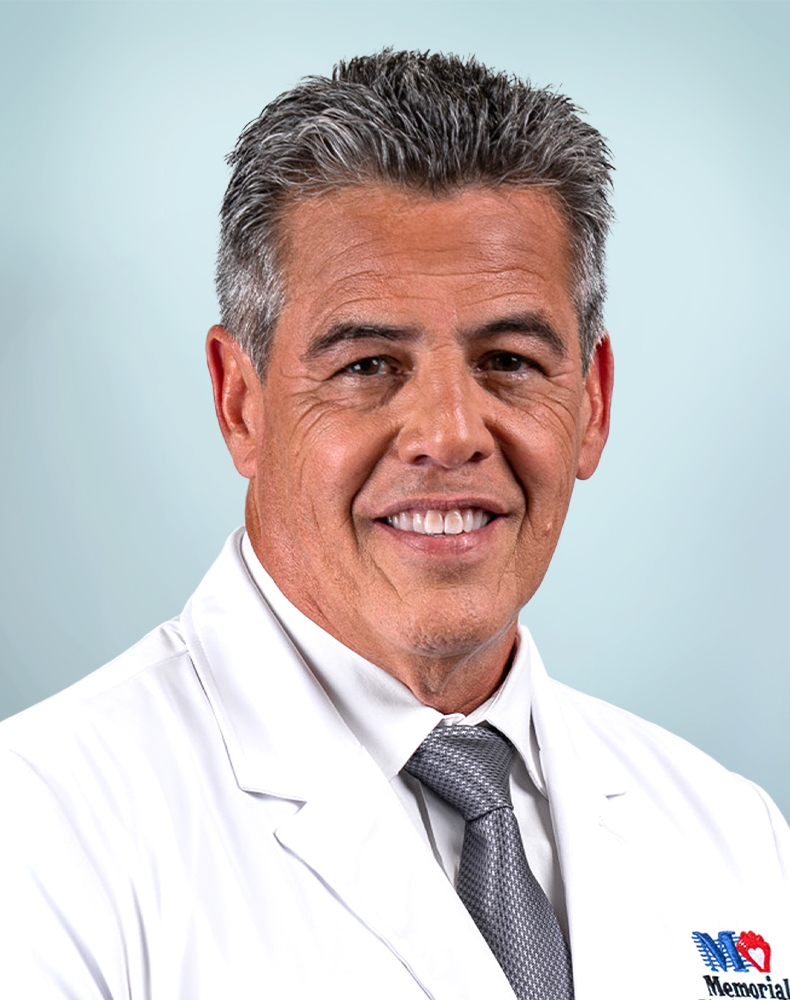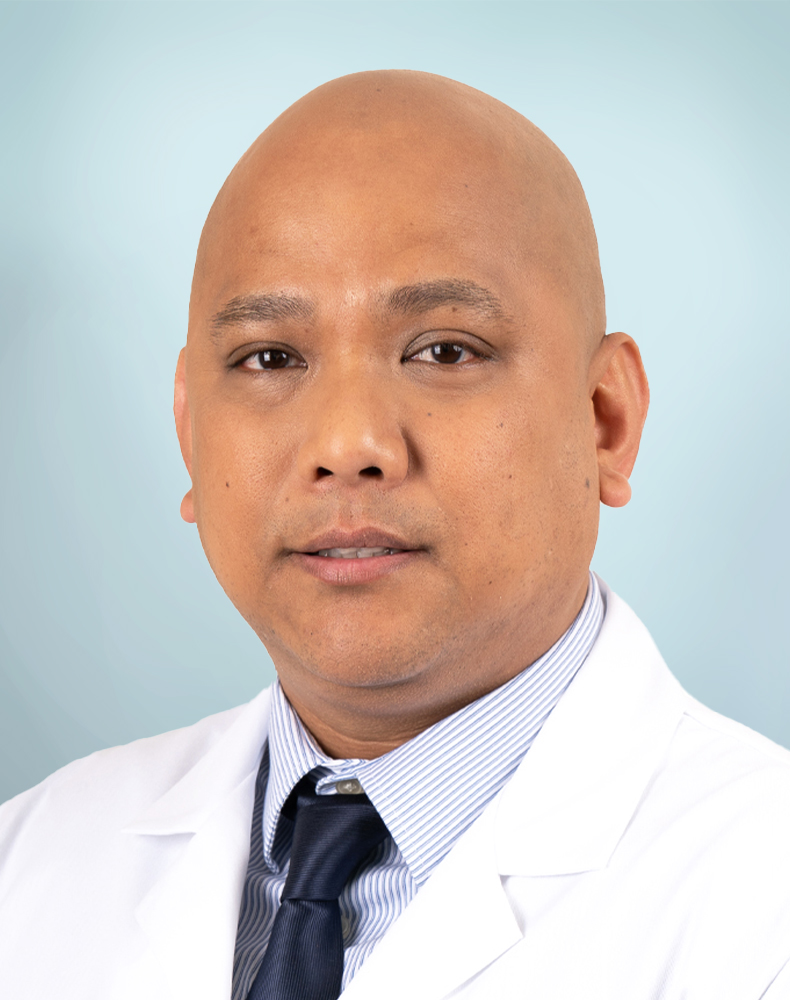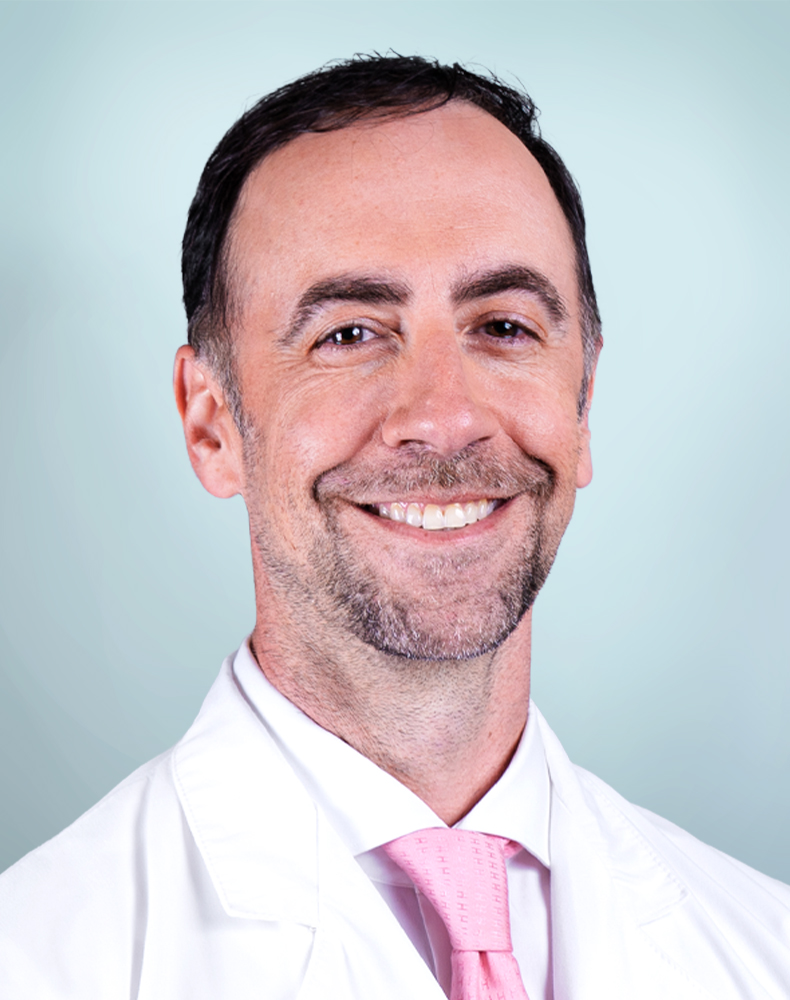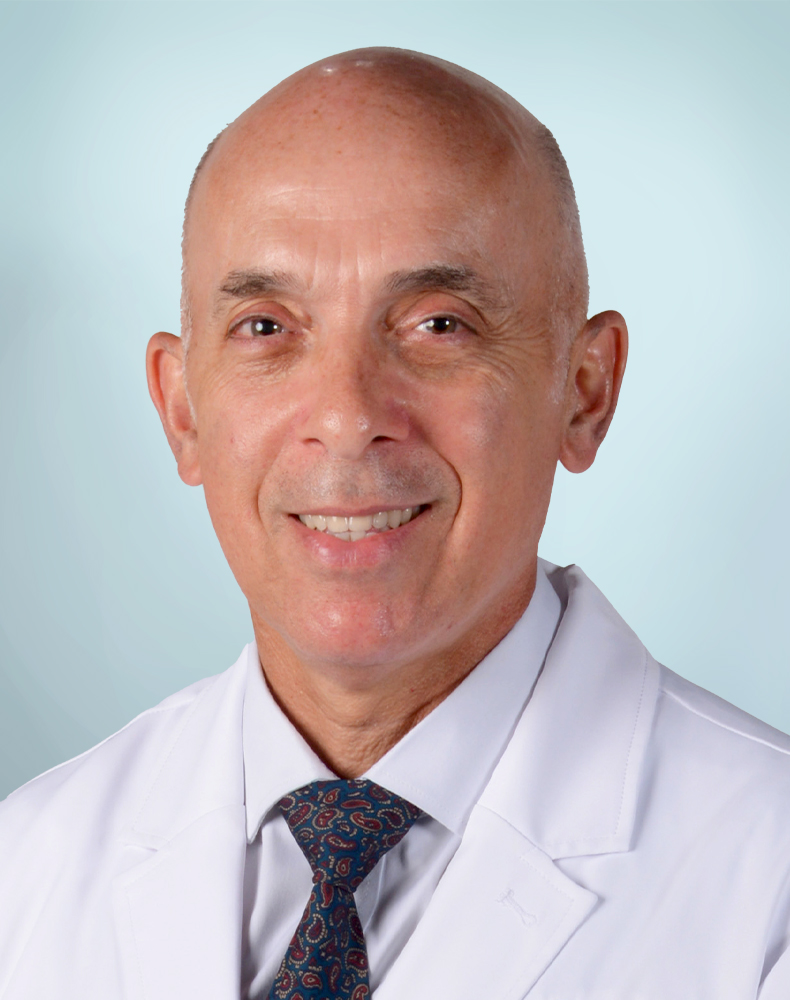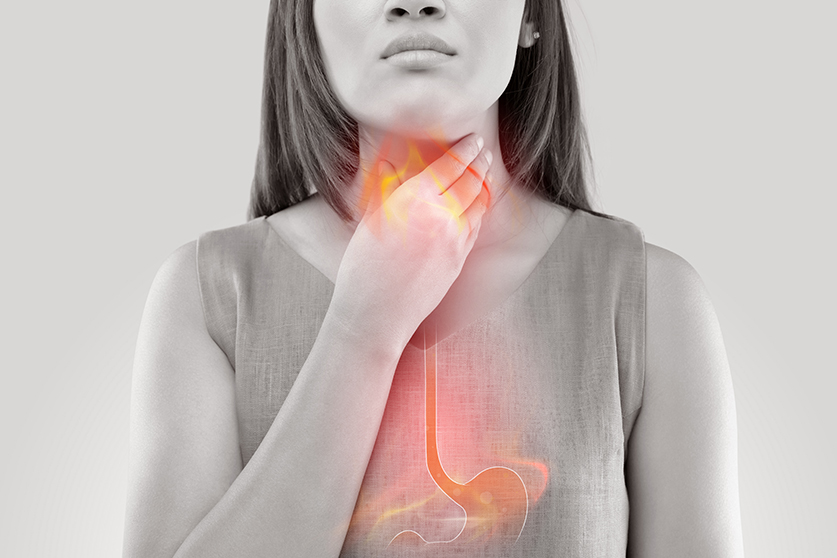
GERD Surgery
We are experts in GERD surgery to cure acid reflux and improve your quality of life.
Explore our GERD Surgery Services
One in five South Floridians suffer from heartburn. We are experts in GERD surgery to cure acid reflux and improve your quality of life.
More than 65 million adults in the U.S. experience gastroesophageal reflux disease (GERD), also known as heartburn. Approximately one in five South Floridians suffers from GERD. Surgery is the only way to permanently cure acid reflux and eliminate symptoms though sometimes medications can effectively manage GERD.
Call us to schedule an appointment with one of our surgeons
954-276-7874What is GERD?
Gastroesophageal reflux disease (GERD) is a painful condition where acid from your stomach flows back into your esophagus (regurgitation). It causes a burning sensation that can last for hours or days — or occur nonstop. Other symptoms include:
- Chest pain or burning sensation in chest
- Difficulty swallowing
- Feeling of a “lump” in your throat
- Regurgitation
Benefits of Acid Reflux Surgery
When you cannot manage heartburn effectively with over-the-counter (OTC) or prescription medications or you are tired of taking medication for reflux, GERD surgery might be an option. Prescription and OTC medications can only control the symptoms of reflux, not cure heartburn. Benefits of GERD surgery include:
- Eliminating heartburn medications: Most people no longer need prescription or OTC medications to treat acid reflux after heartburn surgery.
- Improving your quality of life: Heartburn can affect your life in many ways. You may have to stop eating the foods you love or avoid certain activities and events. GERD surgery helps you get back to living your life without worrying about heartburn.
- Increasing your life expectancy: Studies show that GERD can make certain respiratory conditions worse and cause shortness of breath. It can also increase the risk of aspiration, which happens when stomach contents flow back into your airway.
- Lowering your risk of some types of cancer: People with GERD have a slightly higher risk of developing esophageal cancer. Frequent acid reflux can also damage the lining of the esophagus and put you at risk of Barrett’s esophagus. This condition can lead to a precancerous condition called dysplasia.
GERD Surgery Types
A muscle called the diaphragm separates your esophagus in your chest from your stomach in your abdomen. A hiatal hernia occurs when part of the stomach moves above the diaphragm into your chest. The displacement weakens the lower esophageal sphincter muscle at the top of your stomach that keeps acid from flowing backward.
Hiatal hernia surgery pulls the stomach back into the abdomen and repairs or reinforces the muscle. Afterward, the lower esophageal sphincter muscle can work properly to prevent acid reflux.
Call us to schedule an appointment with one of our surgeons
954-276-7874GERD Surgery: Why Choose Us?
Advanced diagnostic tools: Our surgeons use leading-edge diagnostics to understand the underlying reasons for acid reflux
Comprehensive GERD treatment: Our team-based approach provides extensive support to eliminate heartburn using surgery
Individual treatment plans: We create surgical treatment plans based on your needs, with the goal of eliminating acid reflux.
Multiple reflux surgery options: We perform multiple types of GERD surgery, including advanced minimally invasive surgery



